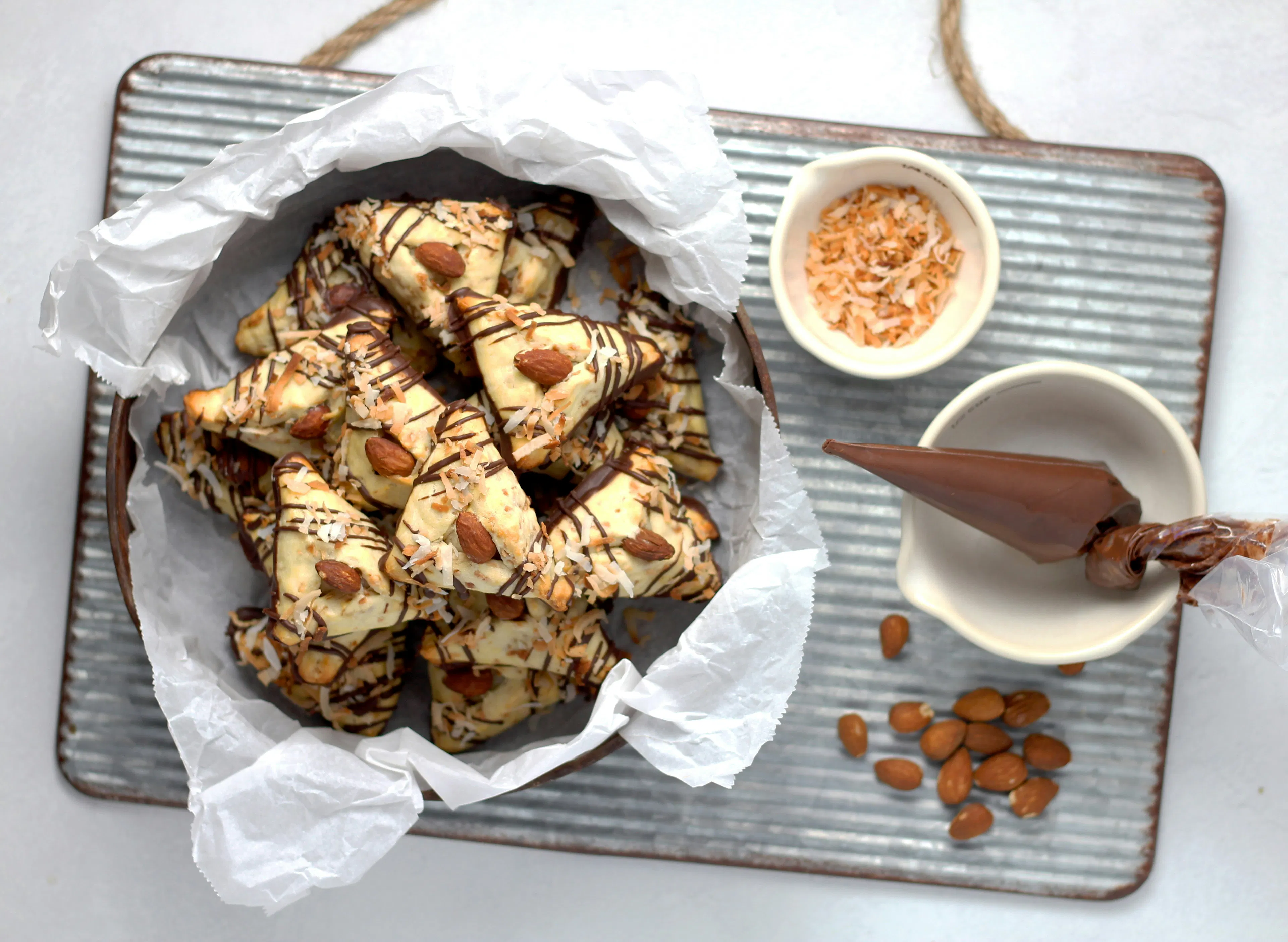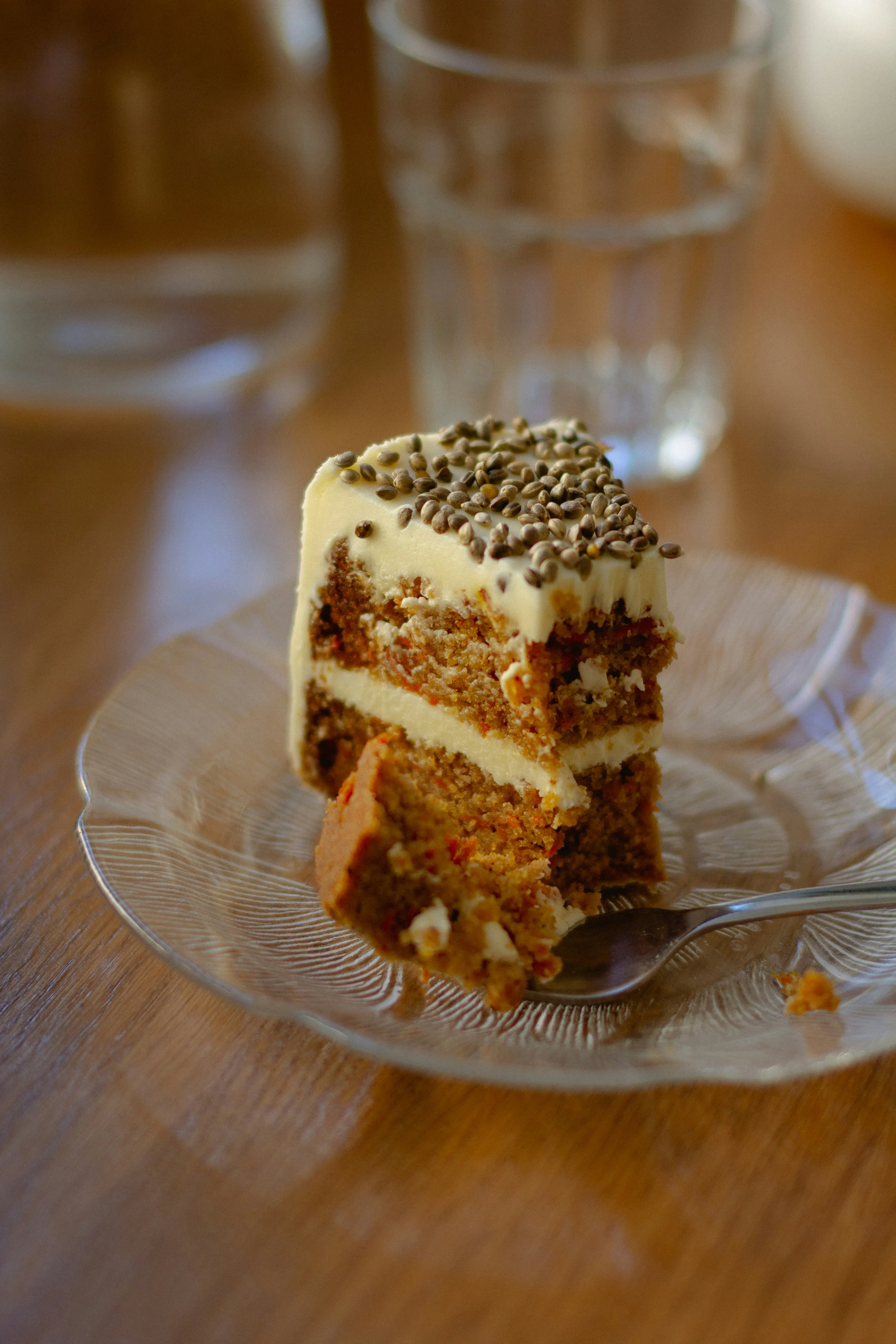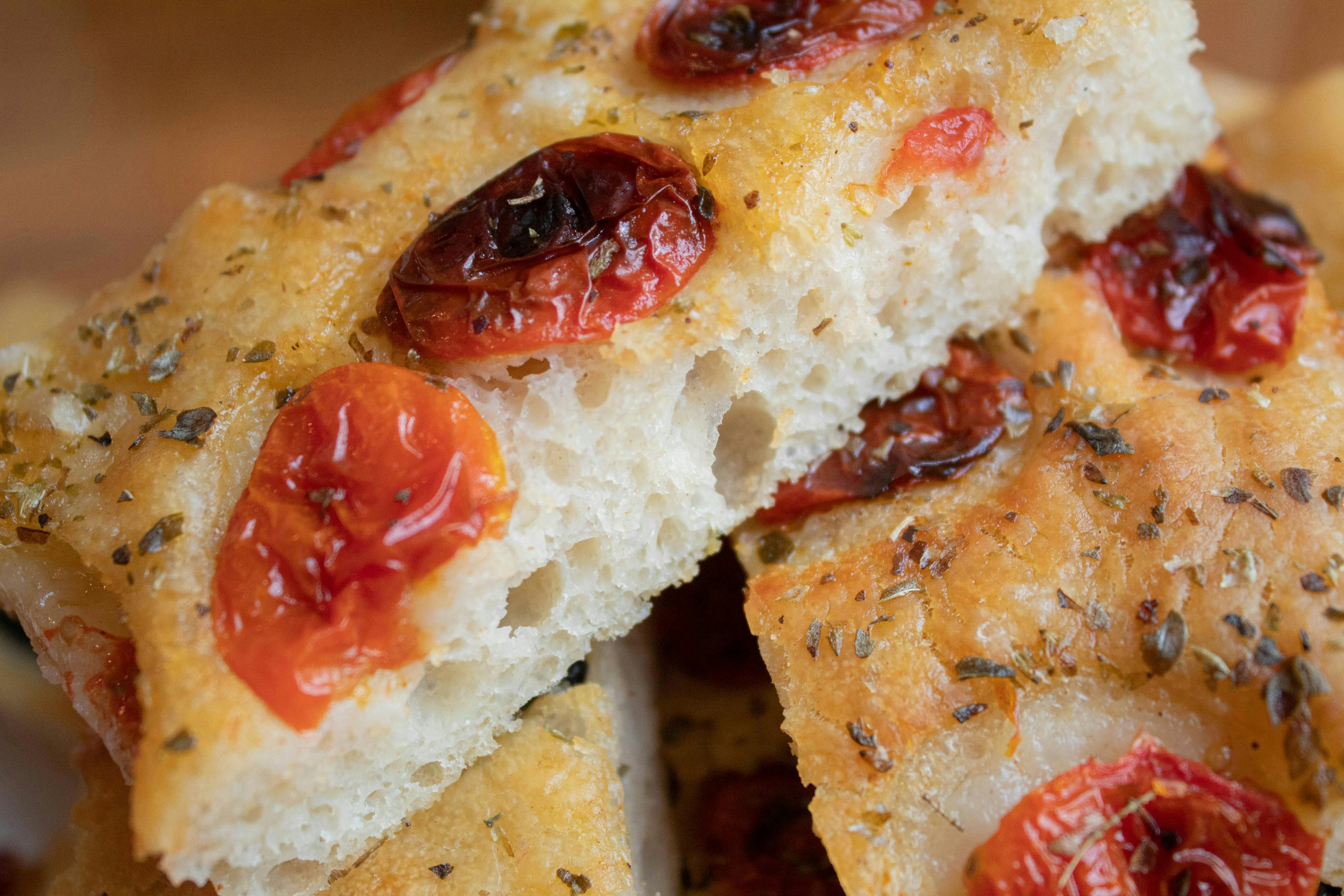
Ingredients
Get them through the links below to support the creator.
- 4 cup lukewarm water
- 4 cup active sourdough starter
- 8 cup bread flour
- 16 cup bread flour
- 8 teaspoon salt
- 6 cup lukewarm water
Nutritional Information
Calculated based on standard values with available measurements and may therefore not be accurate.
Nutritional information not available.
Your own sourdough in 3 days!
Instructions
Step 1
Day 1: Creating or Refreshing the Sourdough Starter
In a mixing bowl, combine 1 cup of active sourdough starter with 1 cup of lukewarm water.
Gradually add 2 cups of bread flour to the mixture. Stir until a thick, sticky dough forms.
Cover the bowl with a clean kitchen towel or plastic wrap and let it sit at room temperature for about 4-8 hours or until it becomes bubbly and active. This is your refreshed sourdough starter.
Step 2
Day 2: Making the Dough
In a large mixing bowl, combine 1 1/2 cups of lukewarm water with 4 cups of bread flour. Mix until a shaggy dough forms.
Add 2 teaspoons of salt to the dough and knead it for about 10-15 minutes until it becomes smooth and elastic. You can do this by hand or with a stand mixer fitted with a dough hook.
Once the dough is ready, shape it into a ball and place it in a clean, lightly greased bowl. Cover the bowl with a kitchen towel or plastic wrap.
Allow the dough to rise at room temperature for about 4-6 hours, or until it has doubled in size. You can also refrigerate it for a longer, slower rise (12-24 hours) for a more complex flavour.
Step 3
Day 3: Shaping and Final Rise
Gently deflate the risen dough by folding it over a few times on a lightly floured surface.
Shape the dough into your desired loaf shape, either a boule (round) or batard (oval). Place it on a floured surface, seam-side down.
Cover the shaped dough with a clean kitchen towel or a proofing basket dusted with flour and let it rise for 1-2 hours, or until it has visibly increased in size. You can perform the "poke test" to check if it's ready - lightly press the dough with your fingertip; if it springs back slowly, it's ready.
Step 4
Baking:
Preheat your oven to 230°C (450°F) and place a Dutch oven or a heavy, oven-safe pot with a lid inside to preheat as well.
Once the oven and the pot are hot, carefully transfer the risen dough into the preheated pot. You can use parchment paper to help with this step.
Put the lid on the pot and place it in the oven. Bake covered for 30 minutes.
Remove the lid and continue baking for an additional 15-20 minutes, or until the bread is golden brown and sounds hollow when tapped on the bottom.
Remove the bread from the oven and allow it to cool on a wire rack for at least 1 hour before slicing.
Recipe Story
Hello, lovely folks! Today, I've got something truly special for you – a delightful journey into the heart and soul of homemade sourdough bread. This rustic bread, with its beautifully blistered crust and tangy, chewy interior, has taken the world by storm, especially during those long days of lockdown when we all turned into bread-baking enthusiasts.
Now, let's talk about a bit of sourdough history. You see, sourdough is no newcomer to the culinary scene. Its roots trace back thousands of years, with stories of it being made by ancient Egyptians, Greeks, and Romans. This timeless bread is a testament to human ingenuity and resourcefulness, born from the simple ingredients of flour, water, and wild yeast. It's a bread that's as old as time, but it's also as relevant as ever.
Fast forward to our recent lockdown days, when we found ourselves with more time at home than we knew what to do with. That's when sourdough made its grand entrance. With the bustling pace of life slowed down, people around the world began nurturing their own sourdough starters, creating a symbiotic relationship with the wild yeast, which bubbled and fermented, giving birth to a culinary tradition that's been passed down through generations.
It's no surprise that sourdough became the star of home kitchens. Not only does it fill your home with the irresistible aroma of freshly baked bread, but it also offers a sense of comfort and connection during uncertain times. Many of us embarked on this journey with one common goal – to master the art of sourdough, creating beautiful loaves that taste as good as they look.
In the coming moments, I'm going to guide you through the steps of crafting your very own homemade sourdough bread. Whether you're an experienced baker or a novice in the world of bread-making, I promise you that the process is both therapeutic and deeply rewarding.
So, roll up your sleeves, gather your ingredients, and let's create some magic in the kitchen together. Homemade sourdough bread is a labor of love, a testament to patience, and an ode to the simple pleasures of life. Let's dive in, shall we?







